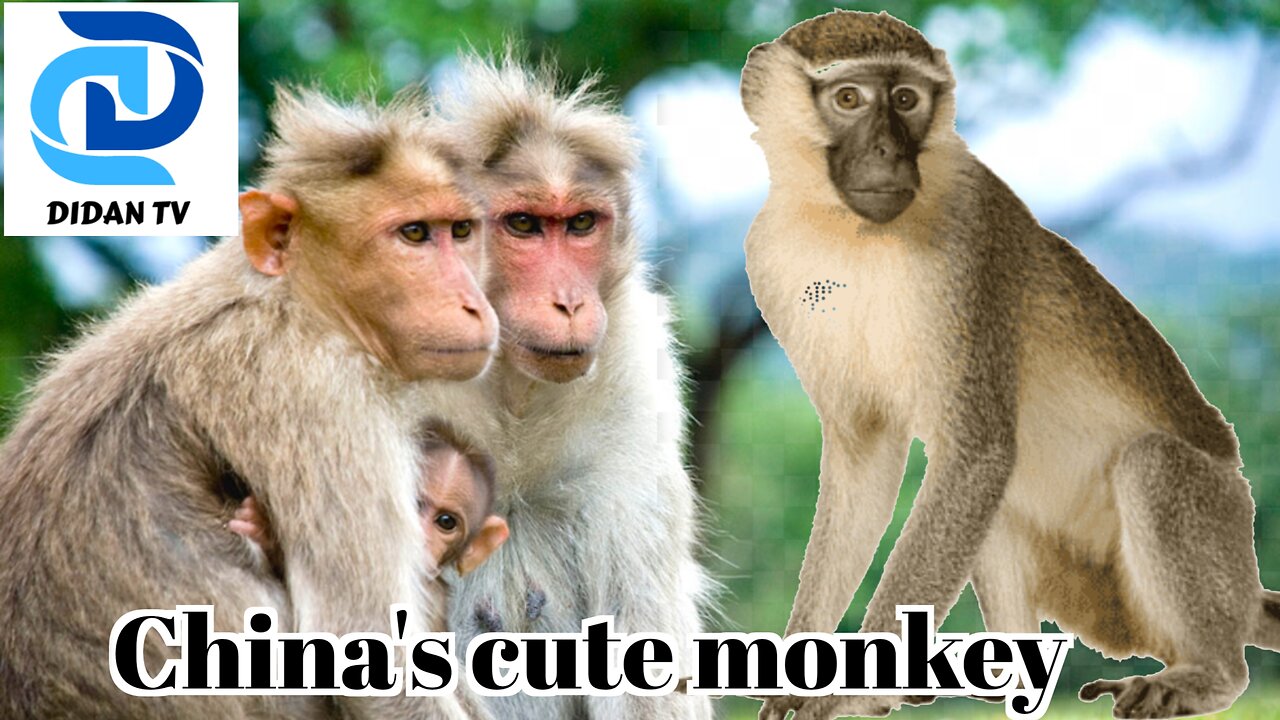Premium Only Content

The Golden Monkeys of China | China's Hidden Kingdoms | Full Episode
Physical Characteristics: Monkeys typically have a well-developed brain, forward-facing eyes that provide stereoscopic vision (depth perception), and grasping hands with opposable thumbs, allowing them to manipulate objects and tools. Their bodies are covered in fur, and they often have long tails, although not all monkeys have tails.
Behavior and Social Structure: Monkeys are highly social animals and often live in groups called troops or bands. These social structures can vary widely depending on the species, with some forming large, complex communities, while others have smaller, more intimate groups. Social interaction is a crucial aspect of their lives, involving grooming, play, and communication through vocalizations, facial expressions, and body postures.
Diet: Monkeys are omnivores, meaning they consume a varied diet that includes fruits, leaves, insects, small animals, and sometimes even larger prey. Their diet can greatly vary based on their habitat and specific species.
Habitat: Monkeys inhabit a range of environments, from rainforests and tropical jungles to savannas, grasslands, and even high-altitude mountain forests. Different species have adapted to thrive in their respective habitats.
Classification: Monkeys are divided into two main groups: New World monkeys (found in the Americas) and Old World monkeys (found in Africa and Asia). New World monkeys often have prehensile tails that can be used like an extra limb, while Old World monkeys usually have non-prehensile tails or no tails at all.
Examples of Monkeys:
New World Monkeys: Examples include howler monkeys, spider monkeys, capuchin monkeys, and squirrel monkeys.
Old World Monkeys: Examples include baboons, macaques, langurs, and colobus monkeys.
Conservation Status: Many monkey species are facing threats due to habitat loss, deforestation, hunting, and the pet trade. Some species are endangered or critically endangered, making conservation efforts crucial to their survival.
Cultural Significance: Monkeys have played roles in various cultures and mythologies around the world. They often symbolize traits such as curiosity, mischief, and adaptability. In some cultures, monkeys are revered as sacred animals, while in others, they are associated with trickery or humor.
DIDAN TV
#animals #DidanTv #animals
-
 LIVE
LIVE
Steven Crowder
3 hours ago🔴 We Are So Back: How Donald Trump is Restoring the American Culture
32,454 watching -
 LIVE
LIVE
Benny Johnson
1 hour agoTrump Makes TRIUMPHANT UFC Return as Morning Joe GROVELS at Mar-a-Lago in PANIC Over MSNBC Collapse
11,297 watching -
 6:23
6:23
Guns & Gadgets 2nd Amendment News
36 minutes agoGreat News For The Future Of 2nd Amendment!!
4 -
 LIVE
LIVE
G2G Gaming Channel
4 hours agoLets start the week with a good Smite #RumbleTakeOver #RumbleGaming
169 watching -
 1:13:46
1:13:46
Graham Allen
4 hours agoWWIII INCOMING?! Biden Authorizes Strike On Russia Ahead of Trump Taking Office!!
94.1K80 -
 LIVE
LIVE
LFA TV
16 hours agoTIME FOR COURT-MARTIALS! | LIVE FROM AMERICA 11.18.24 11am EST
6,103 watching -
 LIVE
LIVE
Caleb Hammer
1 hour agoGen-Z Princess Thinks She's Smarter Than Me | Financial Audit
239 watching -
 2:13:06
2:13:06
Matt Kohrs
14 hours agoTesla Pops on News, Bitcoin Pushes Higher & Nvidia Earnings || The MK Show
37.1K2 -
 35:19
35:19
BonginoReport
5 hours agoDeep State Wants WW3 Before Trump Takes Office (Ep.87) - 11/18/24
115K102 -
 1:34:36
1:34:36
Jeff Ahern
3 hours ago $4.52 earnedMonday Madness with Jeff Ahern (6am Pacific)
28K